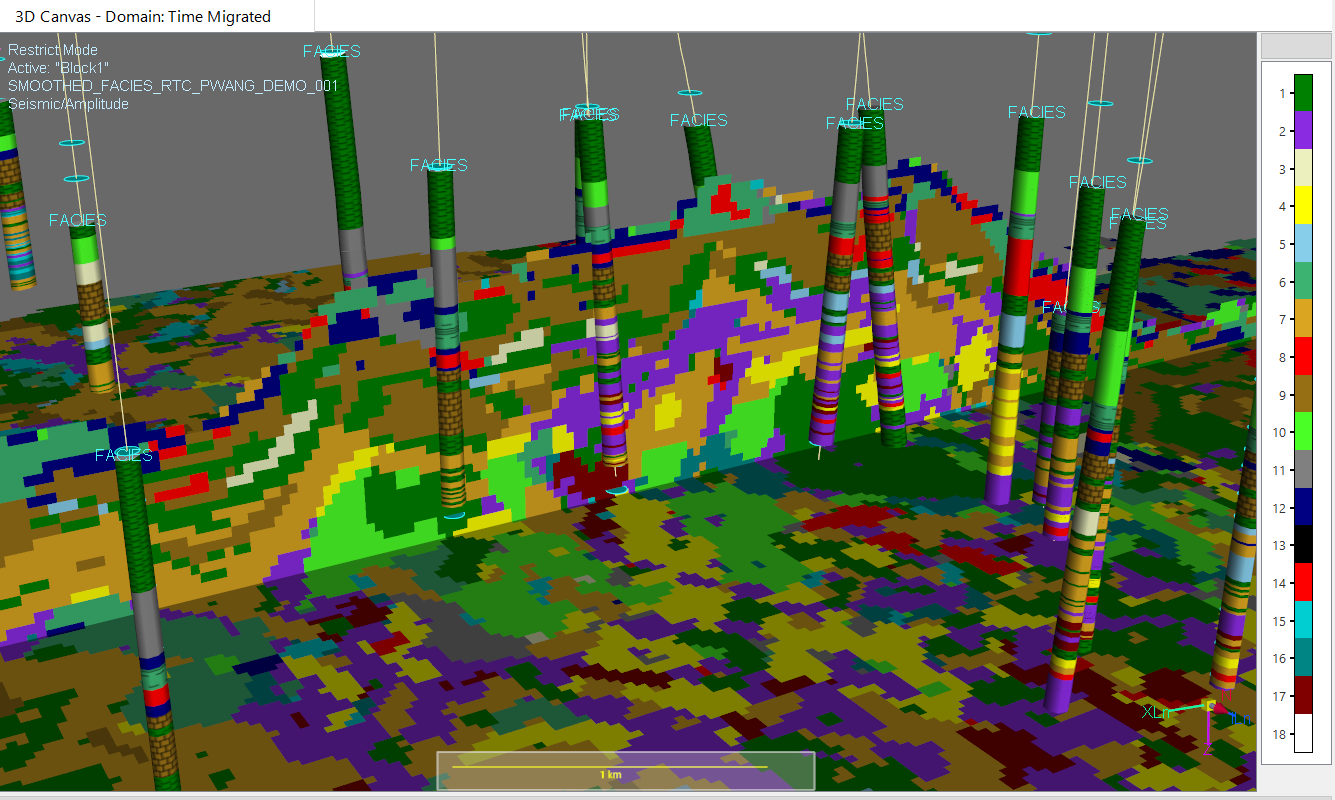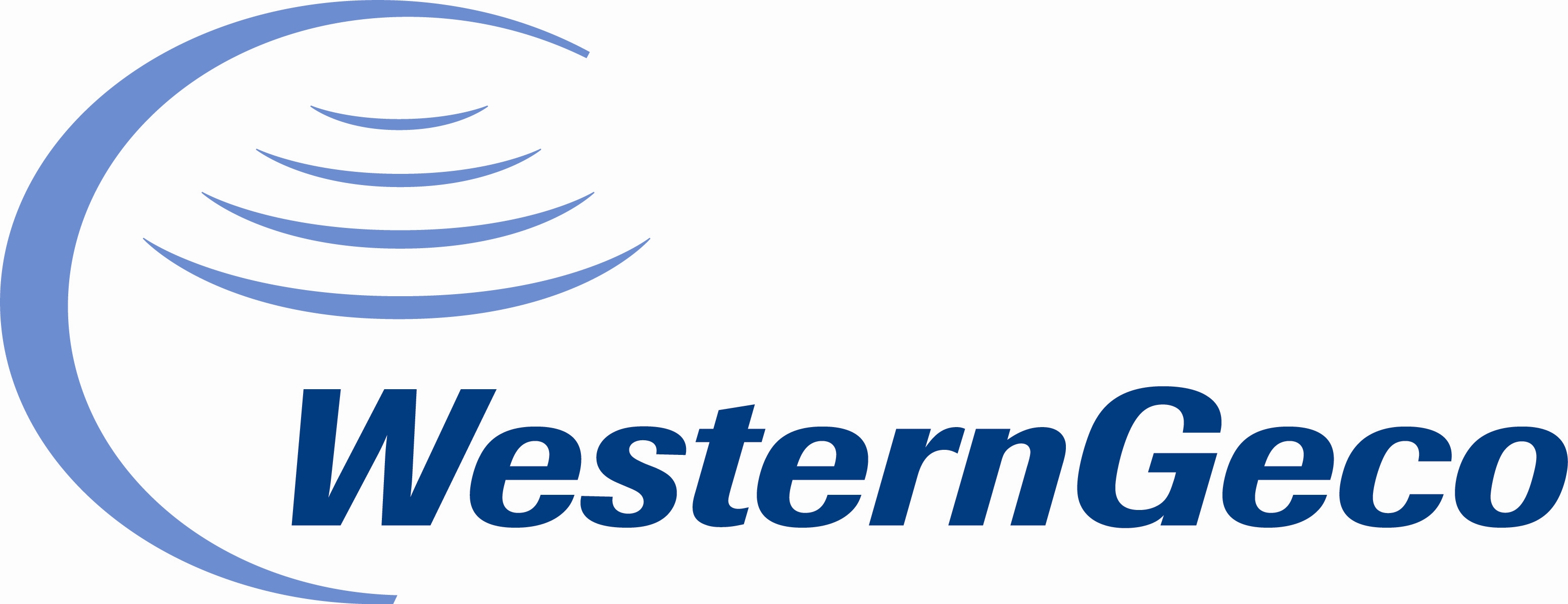West Tech Breakfast: A new technique for lithology and fluid content prediction from prestack data:* ... Sep 13th

Complete Title: A new technique for lithology and fluid content prediction from prestack data: an application to a carbonate reservoir Sponsored by: Schlumberger and WesternGeco
Meeting Location:
Schlumberger Facility
10001 Richmond Ave.
Houston, TX 77042
NOTE: You Must be Logged in To Register
Speaker: Peter Wang, Geophysical Technical Advisor, Paradigm
By: Kamal Hami-Eddine*, Bruno de Ribet*, Pascal Klein1, Loic Richard2, and Maelle Grout3, presented by Peter Wang*
One of the leading challenges in hydrocarbon recovery is predicting rock types/fluid content distribution throughout the reservoir away from the boreholes because rock property determination is a major source of uncertainty in reservoir modeling studies. Spatial determination of the lateral and vertical heterogeneities has a direct impact on a reservoir model because it will affect the property distributions.
We developed a new neural network-based methodology called Democratic Neural Network Association (DNNA). The DNNA method is trained using facies logs from wells simultaneously with seismic data. The principle of DNNA, is to combine several networks, learning differently, to segment the seismic data space, according to facies interpretation validated by petrophysicists. For more than twenty years, the industry has relied on unsupervised waveform classification, also known as self-organizing maps (SOM), for seismic facies analysis. While this approach has proven to be highly efficient for stratigraphic interpretation, it ignores a wealth of information at well locations. DNNA is providing a bridge between domains from petrophysics to reservoir modeling, using geophysical data. Several case studies have been run, in different geological environments. In clastics, the use of DNNA has enabled us to differentiate more precisely different types of facies, which played an important role for reservoir connectivity analysis. In carbonates, this machine learning approach has overcome the lack of consistency in the seismic response and provided a geologically meaningful facies model calibrated to wells, in record time.
This technique, using a probabilistic approach, provides a way to predict lithology distribution and quantify uncertainty. From unsupervised to supervised, machine learning is bringing a new way to handle massive amounts of data.
* 
Permian reservoir classification on a land 3D prestack seismic volume (non-USA)
Paradigm, 820 Gessner, Suite 400, Houston TX 77024. (713) 393-4013 [email protected]
1 EISTI University, Pau, France
2 TOTAL
3 ENGIE
Speaker Biography: Peter Wang, Geophysical Technical Advisor, Paradigm
Peter Wang is a Geophysical Technical Advisor with Paradigm. He has a BS in Geosciences from Brown University, and an MS in Geophysics and MBA from the University of Houston. He has a thirty-one year history in the geophysical industry, having recently served at Schlumberger as the Seismic for Unconventionals Product Champion, and Amoco Production Company (now BP) as a Senior Petroleum Geophysicist onshore USA Gulf Coast and Gabon.
Breakfast will be available starting at 7:00 AM
Technical Talk will start at 7:30
Event will end by 8:30
THANK YOU TO OUR GENEROUS SPONSORS:

